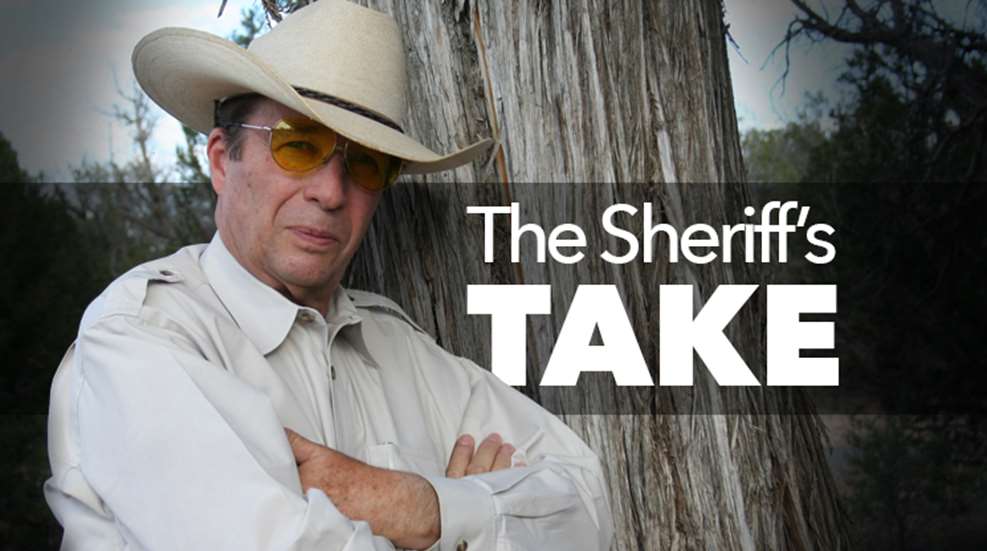
Those who come home from a defensive shooting school have a long list of things they are encouraged to practice with their concealed-carry gun. They are told to work on reloads, malfunction drills, multiple targets, shooting on the move and a number of other things. While this is true to a certain extent, the majority of practice ought to be on dealing with close-range deadly encounters.
The more distance there is between you and an attacker, the more time you have to prepare to do battle. If the distance is great enough, you may not even do battle at all—it's always preferable to find an exit and take it, if possible. At close range there is no time to prepare for anything. You are either fighting, or you are losing.
On the range, you are standing in front of a target and, before any command is given, your mind is already set on shooting that target. In the real world, your mind has to evaluate a lot of data before you know you are going to shoot at anything. You enter a convenience store and a guy at the counter makes you nervous ("Oh, he's wearing a ski mask!"). Your eyes immediately go to his hands ("Oh, he has a gun and is starting to point it at me!"). Then, and only then, are you ready to take action, and that action had better be mighty fast and accurate.
For this reason, a large portion of defensive practice with your concealed-carry gun ought to be devoted to drawing and putting two hits into the vital zone of the target. If you can do this—quickly and accurately—you have a chance for survival.
As I have mentioned many times before, you should work for smoothness in your pistol presentation. Speed will come with smoothness and practice. Once you are keeping all of your shots in the vital zone of the target, it is time to start working at various distances and angles. After a good bit of initial practice, it is an excellent idea to have someone stand behind you and start each drill with an external signal. You should have them vary the signal, however, sometimes using a verbal command and other times using a buzzer and/or whistle.
You must remember that everyone is a good shot at close range. Therefore, it is critical for you to learn to quickly evaluate a situation, make a smooth, quick presentation with your concealed-carry gun and deliver accurate hits to the vital zone of the attacker. That is the key to fighting in the danger zone (Editor's note: Did someone call Kenny Loggins?).





































